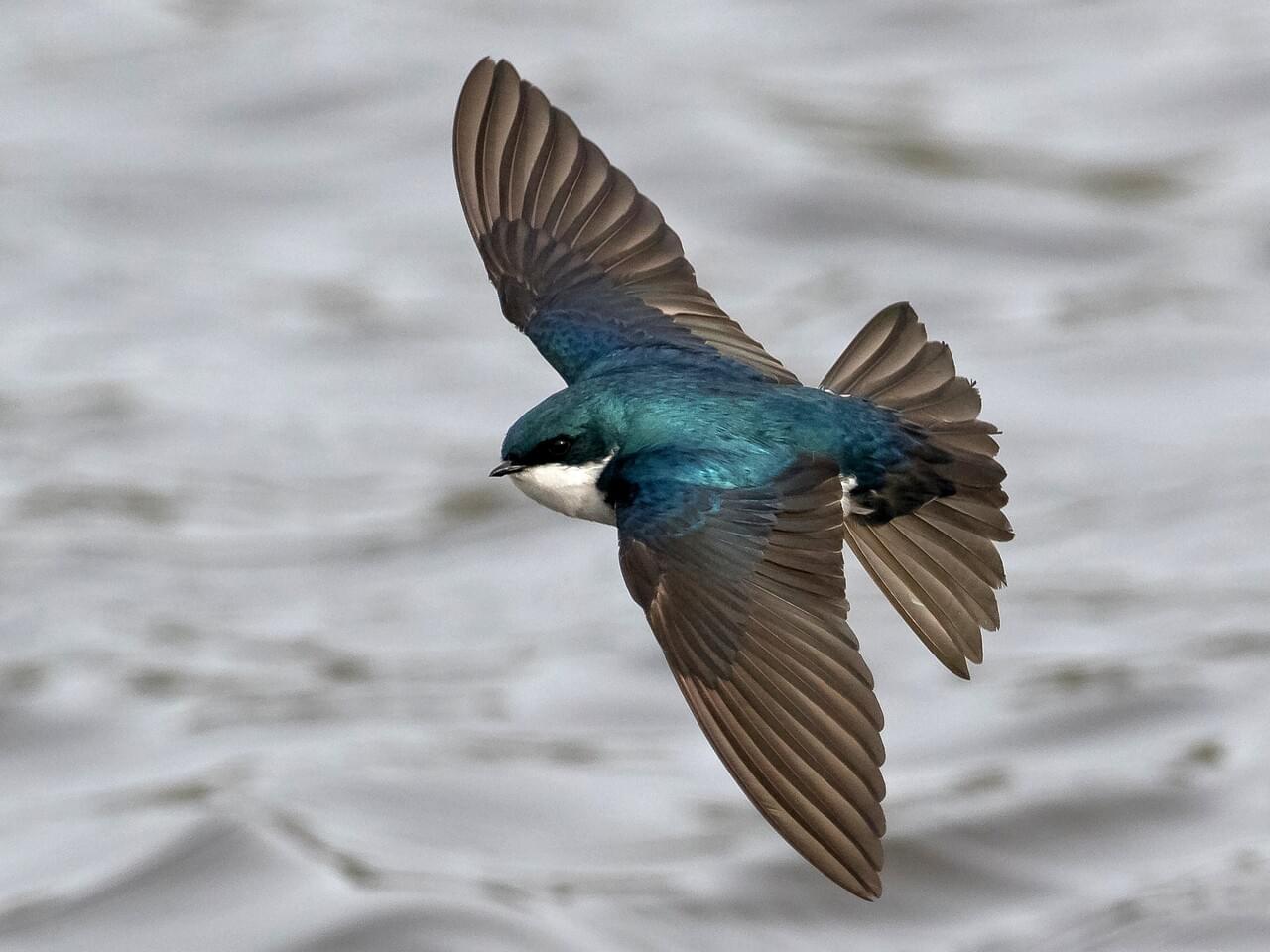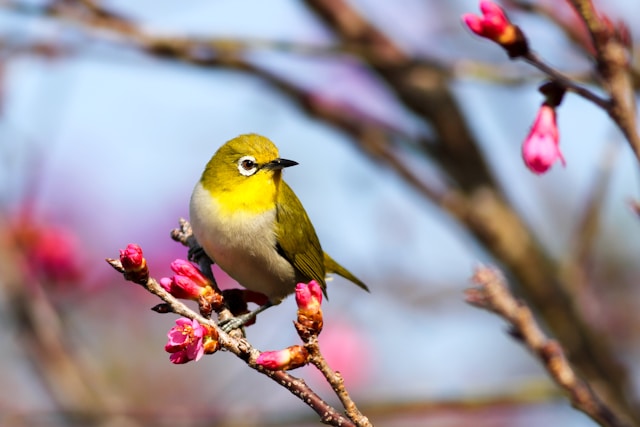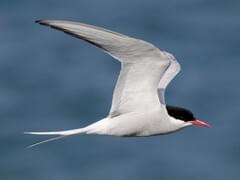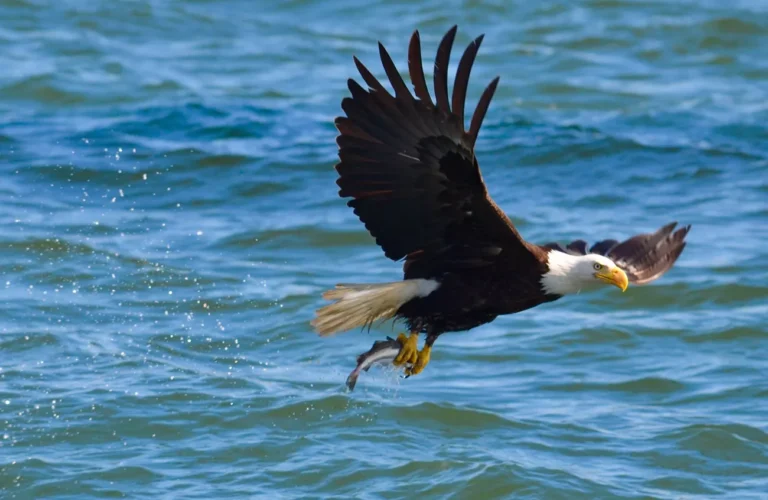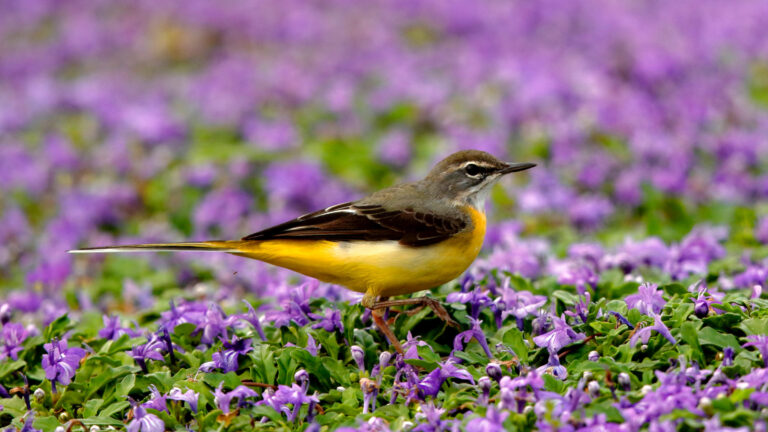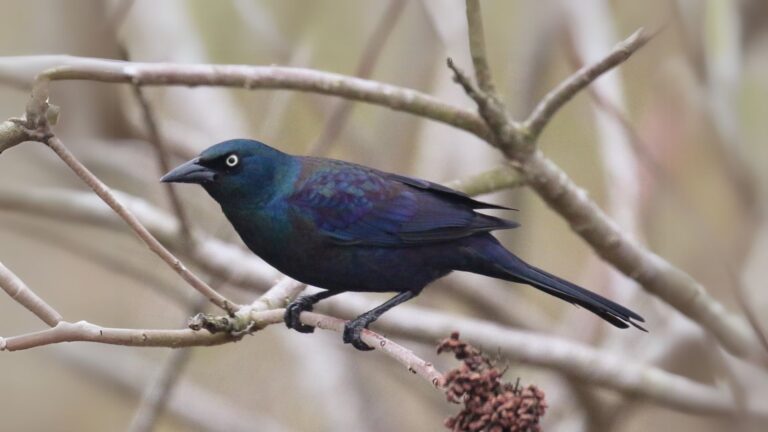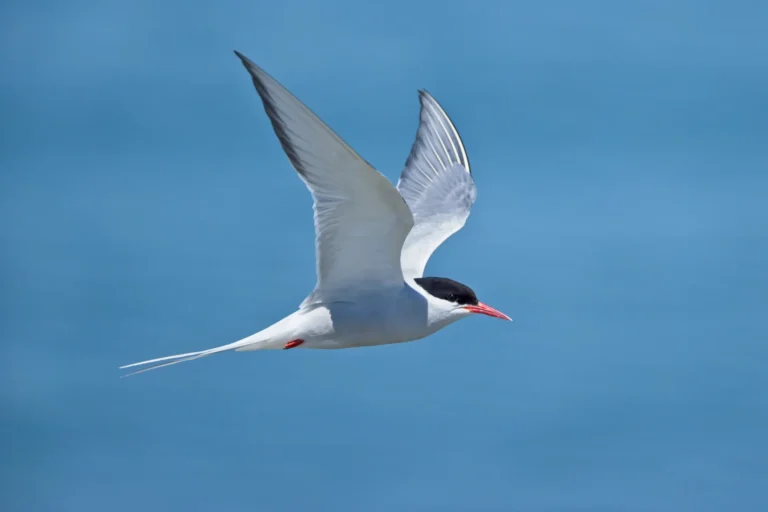Where Have All the Birds Gone? The Silent Crisis in Our Skies
The dawn chorus grows fainter each year and we wonder, where have all the birds gone. Walk outside on a spring morning, and you’ll notice it—the absence of chirps that once filled the air. In the span of a single human lifetime, we’ve lost nearly 3 billion birds from North American skies alone.
That’s like losing every person living in China, India, and the United States combined—vanished from our ecosystems. This isn’t just about rare species slipping away; the sparrows, finches, and swallows that once flocked to your backyard feeders are disappearing too. Scientists call it a “biological annihilation,” and it’s happening right outside your window.
Let’s cut through the jargon. Birds matter because they’re the canaries in our global coal mine. Their decline screams that something’s fundamentally wrong with how we’re treating the planet. This article isn’t just for birdwatchers—it’s for anyone who cares about clean air, stable food systems, and passing on a livable world to the next generation.
The Vanishing Act: Where Have All the Birds Gone By the Numbers – North America’s Quiet Catastrophe
Since 1970, the continent has lost 29% of its bird population—equivalent to wiping out every bird from Texas to Alaska. The hardest-hit groups read like a lineup of familiar faces:
• Dark-eyed Juncos down by 175 million
• White-throated Sparrows reduced by 93 million
• Meadowlarks and Barn Swallows halved in number
These aren’t obscure species. These are the birds your grandparents tossed crumbs to during winter mornings.
Europe’s Empty Skies
Across the Atlantic, the story’s equally grim. 600 million birds have vanished since 1980—20 million per year. Britain alone has 73 million fewer birds today than in 1970. The culprit? Look no further than the wheat fields and dairy farms that replaced hedgerows and wild meadows.
A Global Pattern
Nearly half of all bird species worldwide are now in decline. Only 6% are increasing—mostly invasive species like European Starlings that thrive in human-altered landscapes. Even remote forests aren’t safe: a 2025 study found climate change is drying out Brazilian woodlands, making survival harder for 24 of 29 studied species.
Why Birds Are Disappearing (It’s Not Just Climate Change)
The Farmland Apocalypse
Modern agriculture is ground zero for bird losses. A 2023 European study pinned 72% of bird declines on intensive farming—more than climate change and urbanization combined. Here’s what that looks like on the ground:
• Grassland birds (meadowlarks, bobolinks) down 53% in North America
• Insecticides wiping out the bugs chicks need to survive
• Monoculture fields replacing diverse habitats that supported nesting
Take Italy’s rice fields. When farmer Alice Cerutti planted trees and restored wetlands on her property, black-tailed godwits—a species nearly extinct in the country—returned to nest. Proof that small changes can make a difference.
The Concrete Jungle’s Double Whammy
Cities aren’t just pavement and glass. A UC Berkeley study tracking Los Angeles birds over 100 years found:
• 40% of species vanished from urban sites
• 10% expanded their range (mostly invasive pigeons and house sparrows)
• Heat islands created by concrete amplify droughts, stressing native species
Yet some birds adapt. The Black Phoebe thrives in cities by catching insects mid-air, while leaf-gleaning species struggle as urban trees lose their bug populations.
The Silent Killer You’re Not Hearing About
Window collisions kill 1 billion birds annually in the U.S. alone. That’s like losing the entire human population of Indonesia—every year. Add in:
• Cats (2.4 billion bird deaths/year)
• Communication towers (7 million deaths)
• Wind turbines (500,000 deaths, but rising rapidly)
These aren’t natural predators. They’re entirely human-made threats.
Hope Takes Flight: Success Stories
The Comeback Kids
• Bald Eagles: From 417 nesting pairs in 1963 to over 300,000 today
• Peregrine Falcons: Removed from the U.S. endangered list in 1999
• Whooping Cranes: From 15 individuals in 1941 to 800+ today
How? Bans on DDT, habitat protection, and captive breeding programs show that policy changes work.
Your Backyard Matters
Doug Tallamy’s research proves it: replacing 50% of lawn with native plants can double bird diversity. Plant an oak tree, and you’ll support over 500 insect species—critical baby bird food.
The Rice Paddy Revolution
In Cambodia’s Tonle Sap floodplain, farmers alternating rice crops with fish ponds saw:
• 62% increase in water bird diversity
• Double the income from fish sales
• Free pest control from birds eating crop-eating insects
Agroecology isn’t just eco-friendly—it’s profitable.
What You Can Do Today
1. Swap Lawn for Life: Replace grass with native plants—Audubon’s Native Plant Database tailors lists to your ZIP code.
2. Coffee Choices Matter: Shade-grown coffee preserves 90% more bird diversity than sun plantations.
3. Window Decals Work: Collisions drop by 70% with DIY patterns using tempera paint or tape.
4. Be a Citizen Scientist: Join Cornell’s eBird—your sightings help track populations in real time.
5. Vote with Your Wallet: Support brands using Bird-Friendly certification (like Smithsonian’s coffee program).
The Big Picture
We’re not just losing birds—we’re losing ecosystem engineers. Birds pollinate plants, control pests, and spread seeds. Lose them, and you destabilize everything from forests to your morning coffee harvest. Keep up to date with the latest news on sites such as The Birding Collective.
But here’s the kicker: bird declines are reversible. When the U.S. banned lead shotgun pellets in 1991, California Condor numbers rebounded. When Europe designated Natura 2000 protected areas, 50+ bird species stabilized. This isn’t a doom scroll—it’s a call to action.
The question isn’t “Where have all the birds gone?” It’s “What world do we want to live in?” One where spring mornings fall silent, or one where we roll up our sleeves and plant the native shrubs that’ll feed next year’s fledglings? The choice—like the birds—is still in our hands so let’s protect the birds!
